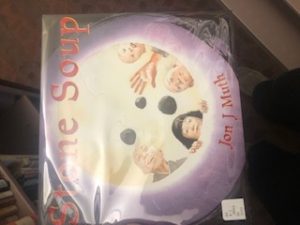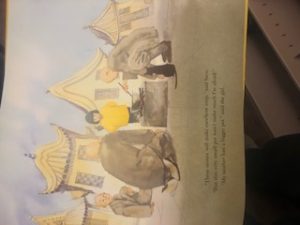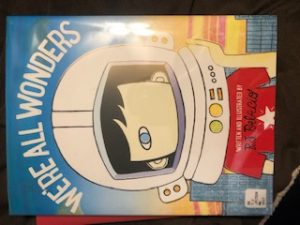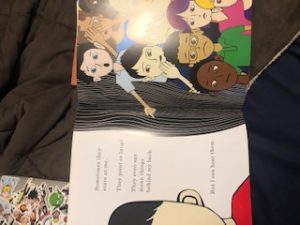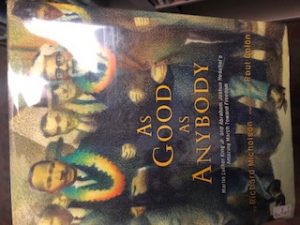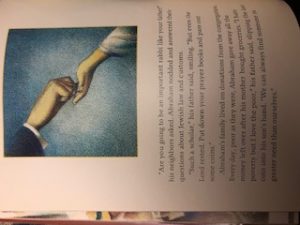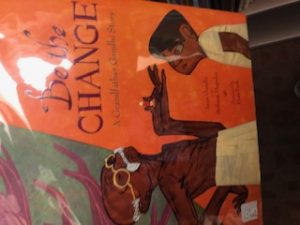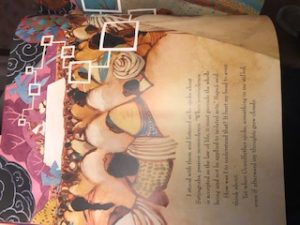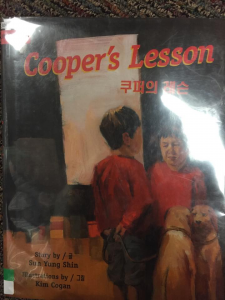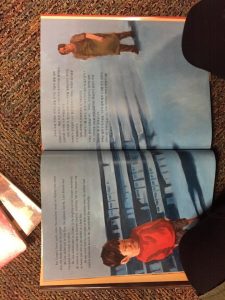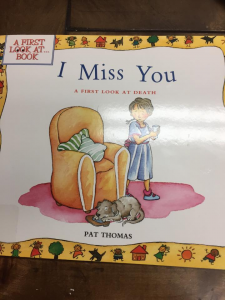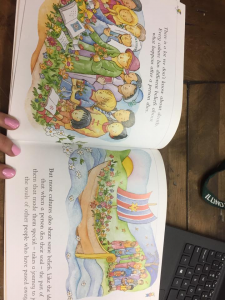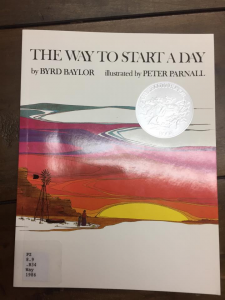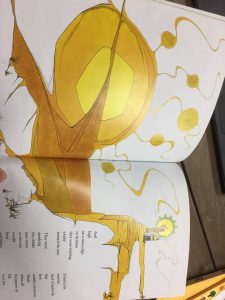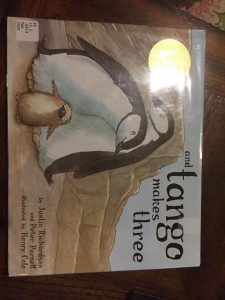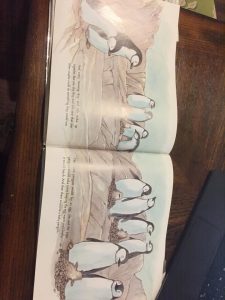Title: Stone Soup
Author: Jon J. Muth
Publisher and Year: Scholastic Press 2003
Number of Pages: 28
Tags: Family, Friendship, K-5, Joe Marras
Descriptive Annotation: Three monks were traveling down a mountain road and saw a village that had noticeably been through a lot of things such as famine, floods, and war. These hard times had made the villagers suspicious of their neighbors and people began to lose friendship. When the monks came into the village everyone had gone inside and locked their doors to keep the monks out. So to counter the villagers the monks decided they would teach them a lesson on happiness by making stone soup. The monks gathered tools and started a fire and a young girl came up to see what they were doing, so they asked her to help them find three stones, but then they realized they needed a bigger pot, and so the young girl got a bigger pot from her mother. As more people saw what was going on outside they came out to inspect, and then the monks said they needed more ingredients that they did not have, so the villagers banded together and filled the soup with so many ingredients and everyone brought something and it turned into a small village festival where the villagers talked and shared stories and became friends again.
Classroom Application: This story shares a good lesson that everyone has something to bring to the table, whether it be carrots for a soup or a pencil for class. It shows to never shut people out because the people can bring so many things to you and the world so give everyone a chance to show what they can bring. It is captivating how something as simple as stone soup brought a village that had be separated back together in just one night. It shows that it just takes the effort.
Linguistic and Cultural Diversity Analysis: This book could be used as a good introduction to monks. Although this book doesn’t specify where the monks are from or any of their beliefs it shows that they spread happiness, “What makes one happy, Siew?” They are genuinely concerned and interested about what makes people happy so they go and explore it and help a broken village come together. The villagers, much being of different professions, at the beginning of the story did not fraternize with each other, but by the end they had unlocked their doors, “Then they unlocked their doors and took the monks into their homes and gave them very comfortable places to sleep.” They had previously locked their doors and tightened their windows shut to the monks, but the monks changed them and brought the good out of them.
